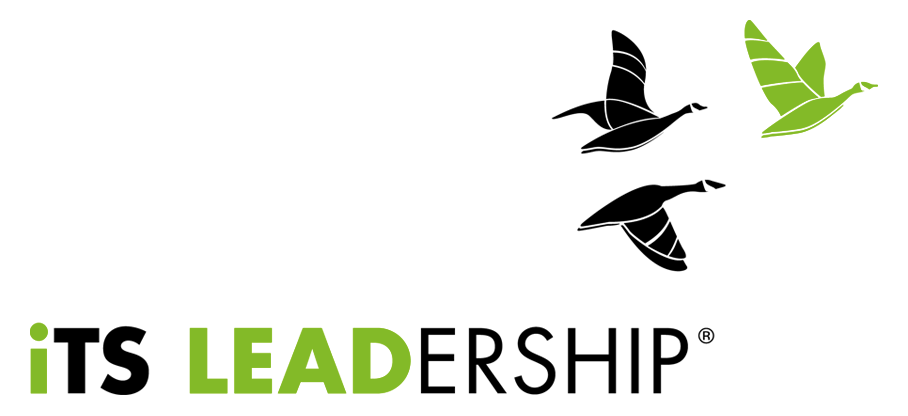Having just returned from annual leave, I have been amazed at the volume of work I have got through in my first week. What’s more, the quality of my decision making and creativity have also surprised me. I took myself off for a walk to think about why this might be and could easily see the positive impact that a quiet and ‘slow’ mind has had on the pace and effectiveness of my work.
Seven reasons for slowing down to speed up
There are several reasons I think that slowing down to speed up is such a powerful approach.
- With fewer ‘thoughts per minute’ rushing through our minds, we can see more clearly. If we’re travelling through life in the passenger seat of Lewis Hamilton’s car, everything through the window is a blur. If we get out and walk, we can absorb the detail and gain real clarity.
- Slowing down to speed up also reduces the clutter, enabling us to find solutions quicker. Frantic conversations where everyone is fighting to have their voice heard and no-one is listening properly creates a cacophony. Taking time to listen to each person helps to build trust as well as make space for solutions to reveal themselves.
- In a meeting it pays to spend a few minutes at the beginning to build rapport and get everyone ‘in the room’ mentally and physically, rather than jumping straight into the agenda.
- When we have a peaceful state of mind, we tend not to overthink things or over-react. We’re less likely to take things personally so can tackle problems with a level head rather than getting into a spiral of negative thinking. Rash decisions will be avoided too, when we’re calm instead of anxious.
- Quite simply, we make fewer mistakes when we’re not rushing. Slowing down to speed up reduces errors and helps us to be more punctual. Small changes like scheduling breaks between meetings or diarising your lunch break will have a big impact.
- In our fast-paced world it’s easy to believe that everything has to happen immediately, but it isn’t true! Just recently a colleague decided not to respond instantly to an area of concern and instead slept on the problem. With a rested mind, they saw things very differently in the morning.
- We sleep better when our mind isn’t racing and keeping us awake. Focusing on slowing down our breathing (ten breaths per minute is recommended) is very effective at calming the mind and body.
Commercial benefits of slow leadership
Slowing down to speed up is a valuable leadership skill too. The more senior we become, the greater the pressure, which can feel as though there is little breathing space. Interestingly though, a Harvard Business review studyconducted with the Economist Intelligence Unit showed that, of the 343 businesses surveyed, “the companies that embraced initiatives and chose to go, go, go to try to gain an edge ended up with lower sales and operating profits than those that paused at key moments to make sure they were on the right track. What’s more, the firms that “slowed down to speed up” improved their top and bottom lines, averaging 40% higher sales and 52% higher operating profits over a three-year period.”
As the author concludes, “Ultimately, strategic speed is a function of leadership. Teams that become comfortable taking time to get things right, rather than plow [sic] ahead full bore, are more successful in meeting their business objectives. That kind of assurance must come from the top.”
Shifting to the slow lane
Making the transition from the fast to the slow lane is not easy. It requires a significant mind shift and a good deal of practice to maintain, but once mastered, slowing down to speed up will transform your effectiveness and your equilibrium, opening up new ideas and possibilities. Just as when driving a car, the slower you go, the bigger the gap.
If you need help adjusting your driving, please get in touch.
After all, iTS Leadership!
Let’s start something new!
Get in touch with us today and take the first steps to transforming your business.

Recent Comments